Learning from the Yakama Nation: A Legacy of Stewardship

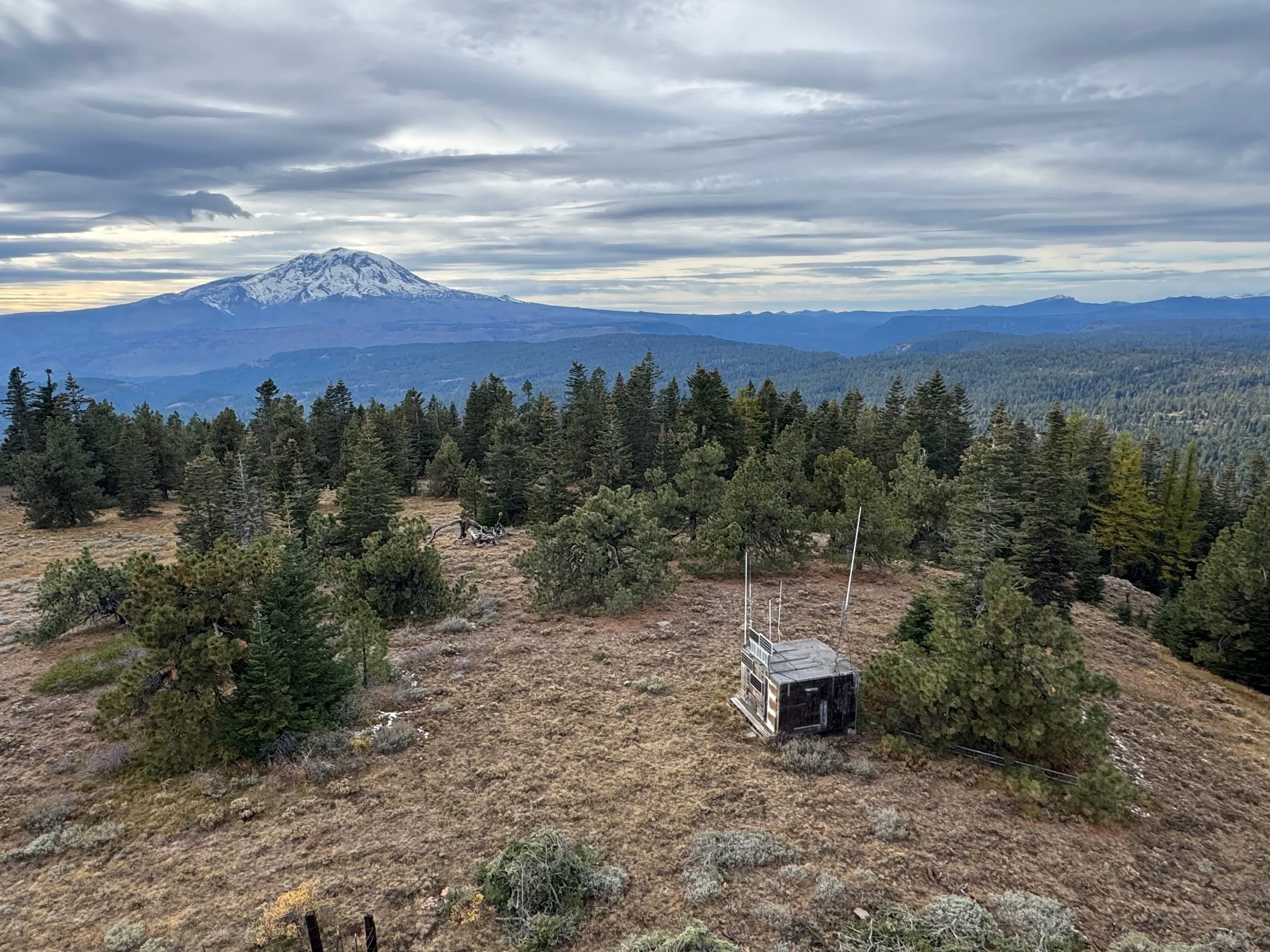
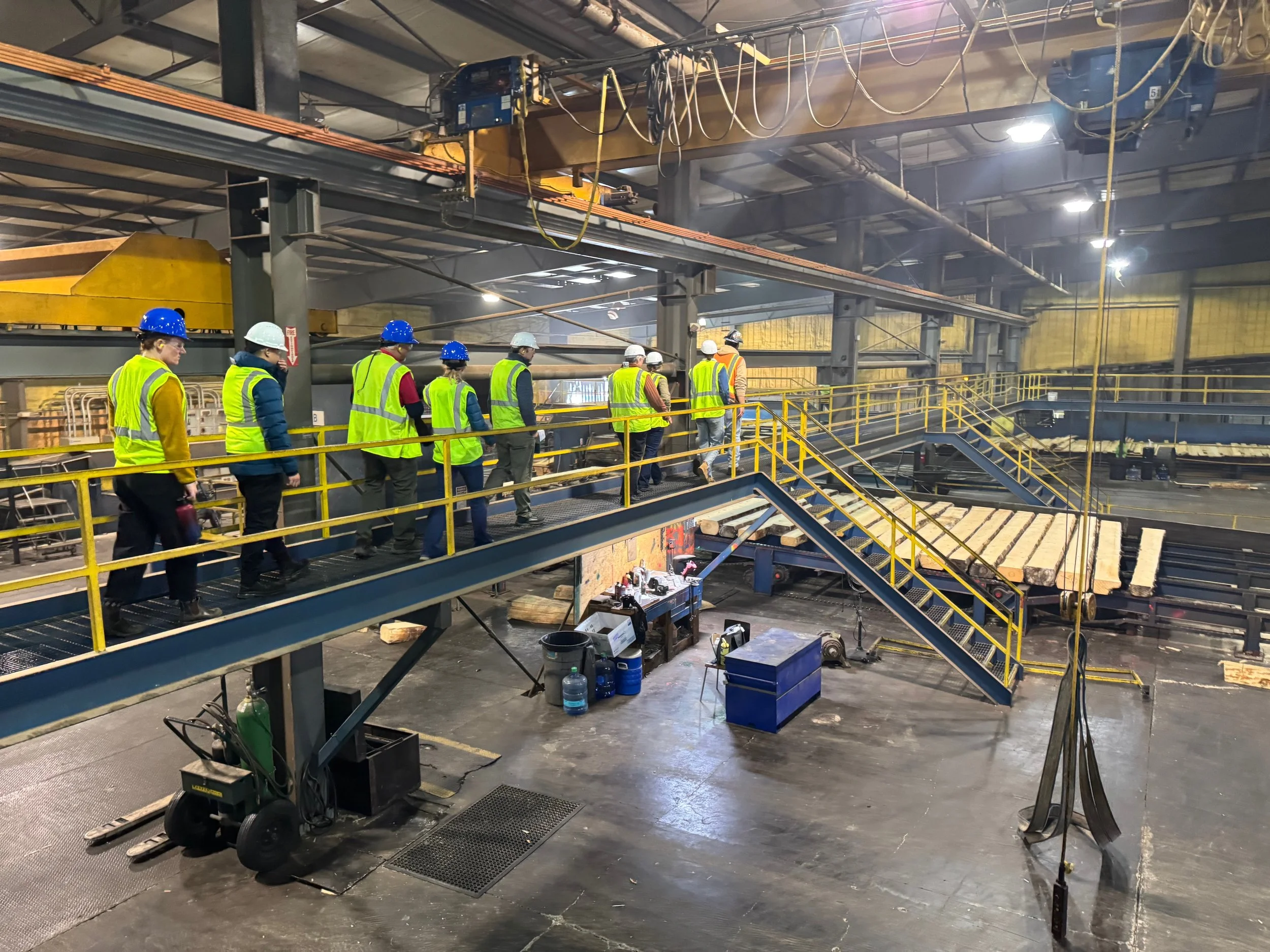
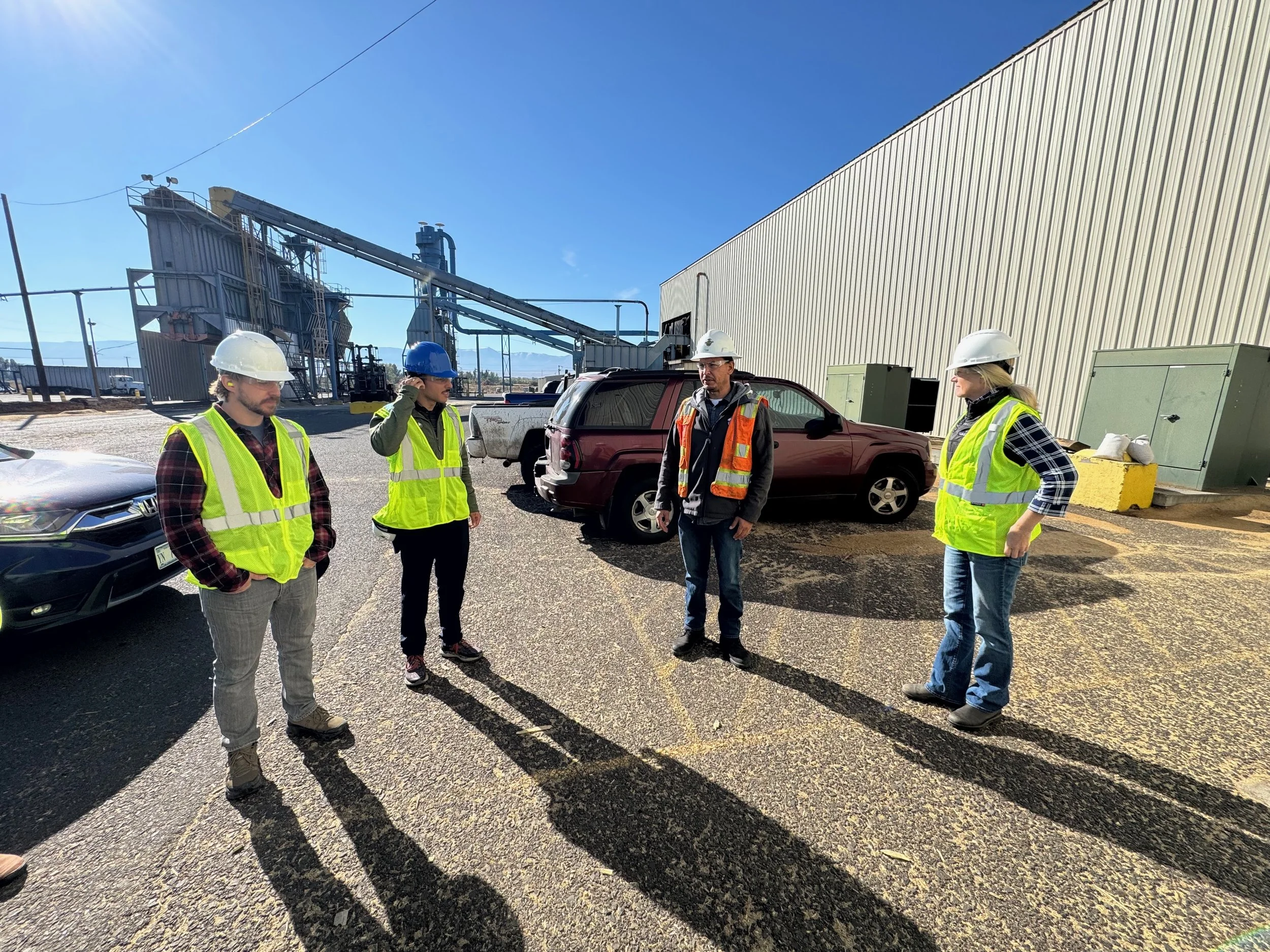

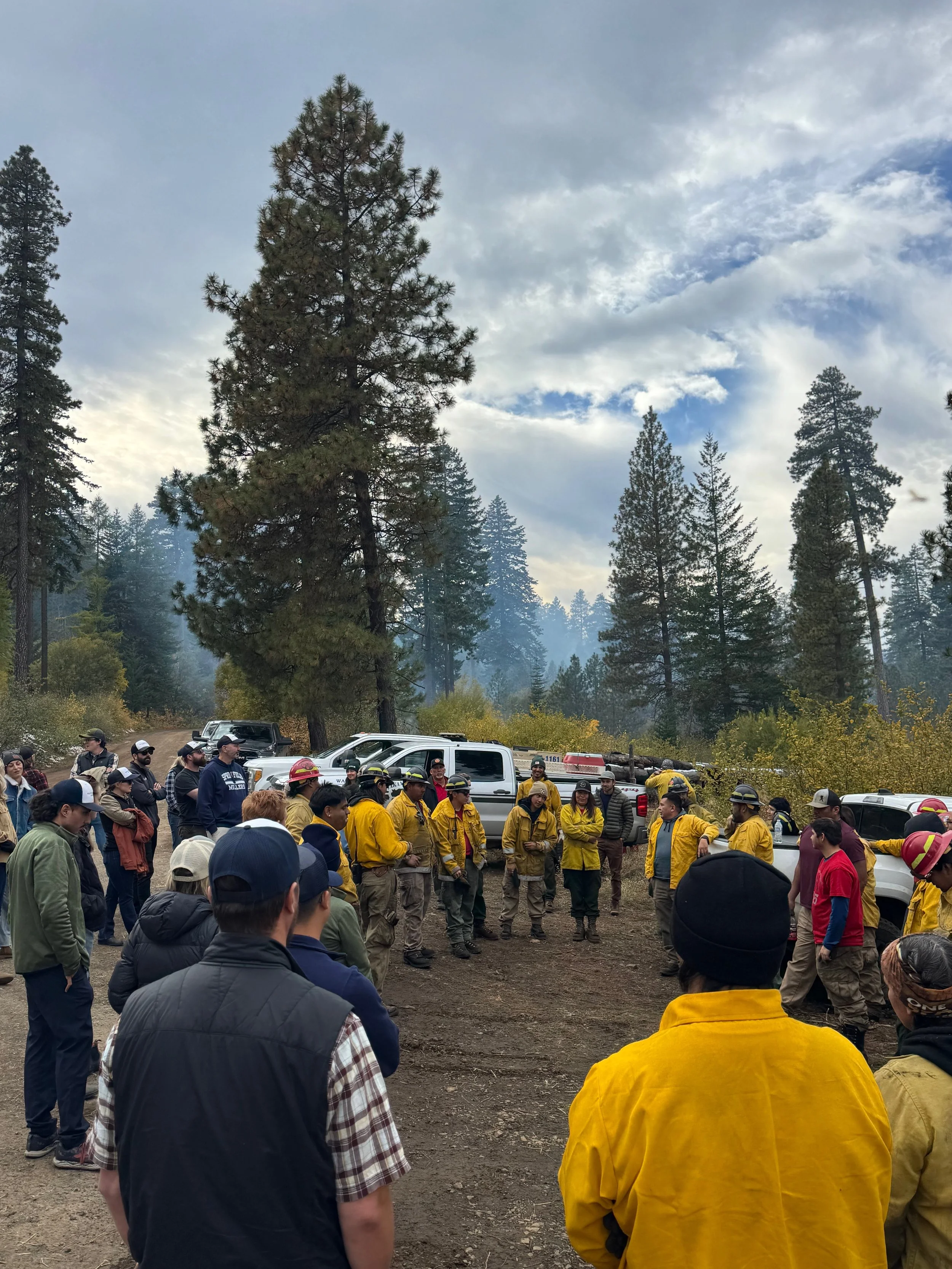
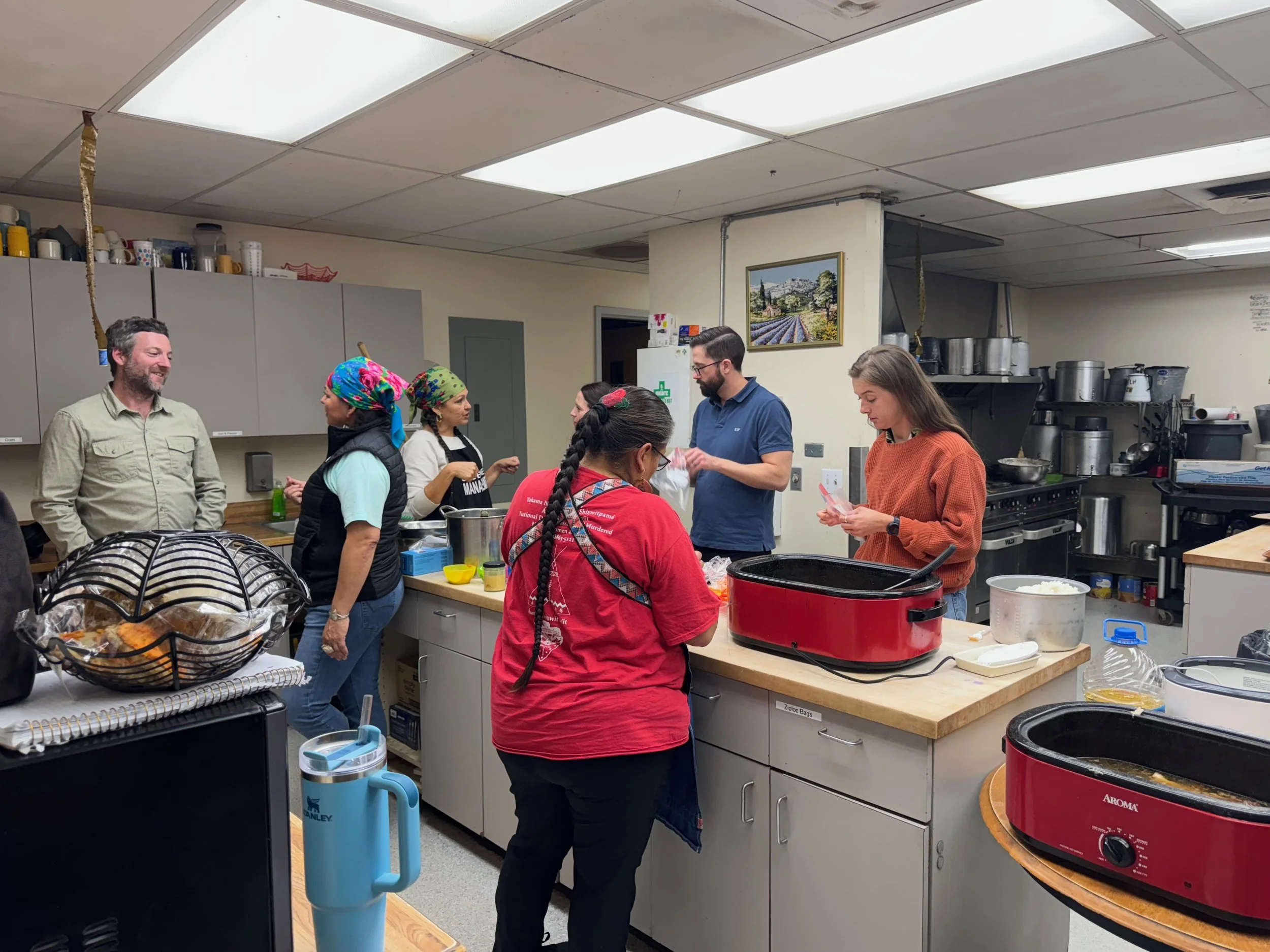

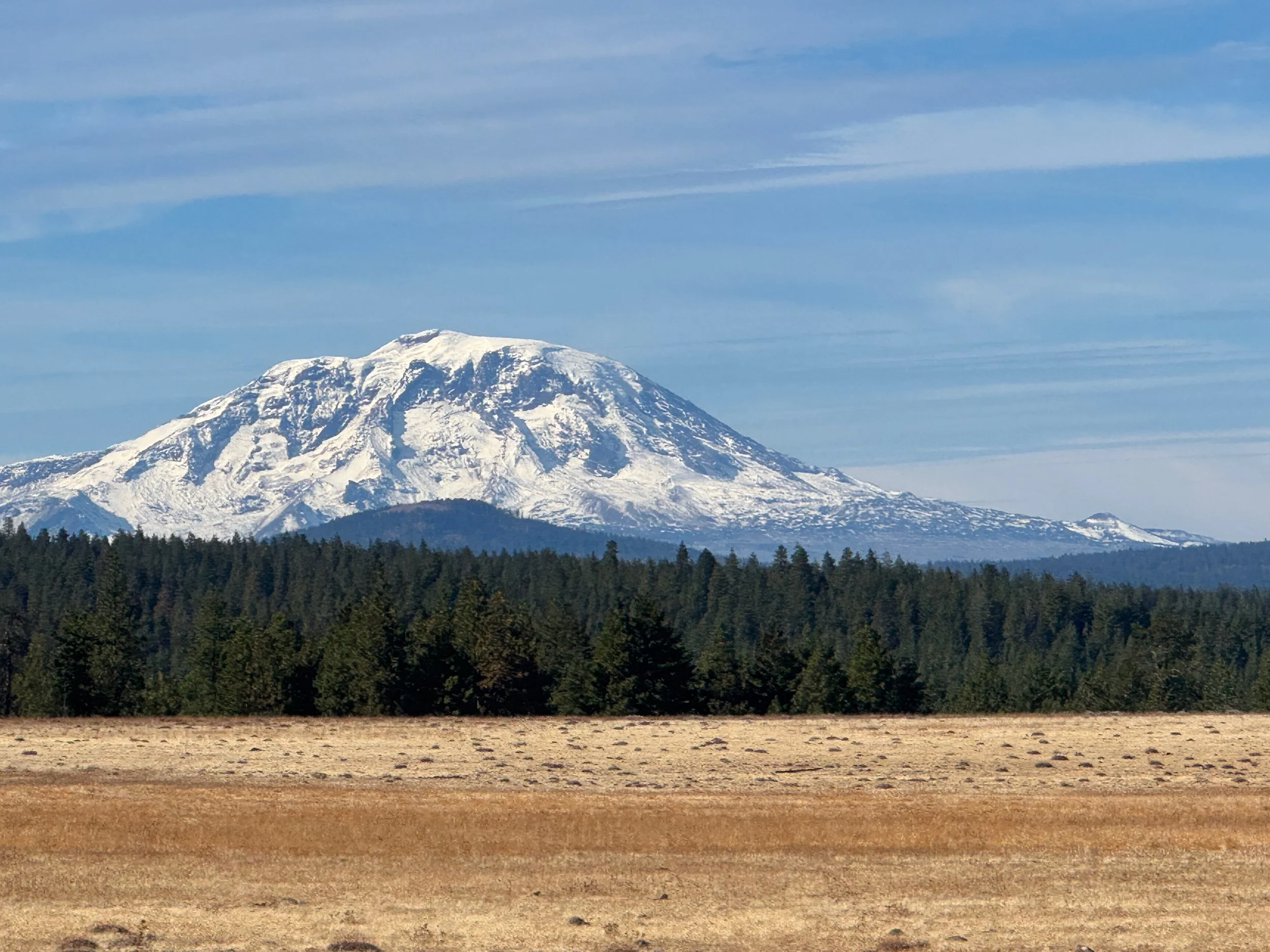
Recently, Sustainable Northwest staff gathered for our annual retreat on the Yakama Nation Reservation in Central Washington.
According to the Yakama Nation Museum, the ancestors of today’s Yakama people descend from 14 different tribes and bands. These groups came together as the Yakama Indian Nation under the Treaty of 1855. The treaty established the 1.3-million-acre Yakama Reservation in current-day Central Washington—just a fraction of their original 10.8 million acres, which stretched from the Cascade Mountains to the Columbia River. In honor of the 14 treaty signers, the Yakama Nation’s Tribal Council includes 14 elected leaders representing the original tribes and bands. Today, nearly 11,000 members are enrolled in the Yakama Nation.
“Generations before the advance of the modern world, the lands of the Yakama extended in all directions along the Cascade Mountain Range to the Columbia River and beyond. We considered it land given in trust by the Creator for the use of the living and a heritage to be held and protected for unborn generations.”
— Yakama Nation, yakama.com
Stewarding the Forests
The Yakama people have cared for these forests since time immemorial. Much of the reservation—and much of Central Washington—is covered in dry conifer forest dominated by ponderosa pine, which historically experienced frequent, low-intensity fires. Before European contact, Yakama people used selective thinning and beneficial fire to maintain these forests, encourage berry and shrub growth, and sustain plants and animals used for food, clothing, and basketry. Beaver management and trapping also shaped where certain trees and plants thrived. The combination of fire and water management used by the Yakama people created many of the landscapes we value and strive to enhance today.
The legacy of actively managing these landscapes continues. The Yakama Nation’s Forest Development Program applies similar practices—beneficial fire and careful, selective logging—across roughly half of the reservation. Logs from these operations are milled locally at Yakama Forest Products, a Tribally owned business that balances forest health, economic opportunity, and conservation.
Sustainable Northwest staff were struck by how seamlessly logged areas blended into the surrounding forest. In fact, recently harvested sites often looked healthier than untouched stands, where dense young Douglas firs crowded out native grasses and shrubs—creating conditions ripe for catastrophic wildfires.
“Yakama people have been keeping these lands healthy since time immemorial by thinning out small trees and applying beneficial fire every few years,” said Steve Rigdon, a member of the Yakama Nation, former general manager at Yakama Forest Products, and now Sustainable Northwest’s Tribal Partnership & Resource Stewardship Manager. “As the weather gets warmer and drier every year, our traditional management approaches are more effective—and more important—than ever.”
Yakama Forest Products has supplied timber for major regional projects, including the Portland International Airport’s new main terminal—featured prominently in the terminal’s sweeping mass timber roof—and HP’s new WAV facility in Vancouver, Washington.
On the reservation today, there are only two tribal contractor logging companies. We were fortunate to meet the owner and operator of 7 Arrows Logging, Ryan Spencer. Even within the Yakama Nation, opinions differ about logging’s role, but Spencer hopes to shift public perception.
“If there’s one thing I want to do, it’s not even make money,” he said. “It’s change the perception of logging.”
Loggers are an important tool for managing the forest, and they work very hard in difficult environments to be the “tip of the spear” in Yakama land stewardship. Without Yakama Tribal contractors, the Yakama Nation would not be as successful as they have been with most of their active management practices.
Restoring Meadows and Streams
The Yakama Nation Fisheries Department is a regional leader in salmon, steelhead, and lamprey recovery. One of its projects, the Starvation Flats Meadow Restoration, is bringing life back to an important ecosystem that had been deeply eroded by past land use.
Before restoration, the creek running through Starvation Flats had become “incised”—its banks cut so deeply that water rushed through too quickly, bypassing the meadow’s natural floodplain. The loss of slow-moving water and wetlands degraded both wildlife habitat and traditional food sources.
To heal the meadow, Yakama Fisheries used a “plug and pond” restoration method—building small earthen dams that slow water flow, raise the water table, and reconnect the creek with its floodplain. The result: revived wetlands, improved water quality, and restored habitat for steelhead and lamprey.
Fire as a Cultural and Ecological Tool
Fire management on the Yakama Reservation is divided between two departments: one focused on prescribed burns to reduce hazardous fuels and managed by the Tribe’s Fuels Program, and another in the Cultural Resources Program, which teams up with the Fuels program to do cultural burning. The goal of cultural burning is to enhance traditional food plants and other cultural resources.
During our visit, we observed the end of a prescribed burn near Vessey Creek, a tributary of the Yakima River. James Brown, the Fuels Program Manager and burn boss, was debriefing with his mostly young crew—many of whom are pursuing careers in natural resources.
“This is our land. We gotta take care of it. We all take pride in what we do,” Brown said.
Honoring First Foods
Our visit ended with a special invitation to the Toppenish Longhouse, one of 14 Longhouses across the Yakama Ceded Area and Reservation, where Cristy Fiander and others prepared a meal that featured First Foods—salmon, elk, deer, roots, chokecherries, huckleberries, and more—many harvested by Cristy and her family.
“It was an honor to learn about the foods the Yakama People hold sacred, and the time and love poured into harvesting and preparing them throughout the year,” said Becca Shively, from Sustainable Northwest’s forest team.
Continuing Partnership
Beyond forestry and fisheries, the Yakama Nation operates a wide range of enterprises—from Yakama Power and Yakama Nation Farms to a newspaper, radio station, and Legends Casino and Resort, where our team stayed. The Tribe is also working to buy back allotted lands through the Yakama Nation Land Enterprise, restoring ownership and stewardship to Tribal hands.
We are deeply grateful to the Yakama Nation for their hospitality, wisdom, and generosity. Their enduring commitment to caring for land and water continues to inspire us—and offers a model for resilience and stewardship in a changing world.
Here are a few reflections from our staff:
“The thing that stood out most to me when visiting the Yakama Nation reservation is that, like most communities, not everyone agrees. In fact, they often disagree on the best ways to manage shared resources. But they still manage to balance competing priorities and steward the health of their land and waters better than most other land managers I have witnessed.” - Natalie Bennon, director of communications and development
“Something shifted in me. My whole drive home, I looked out and truly saw the landscape in a completely new way. I feel grateful to share that experience with the Yakama Nation people and our SNW team.” - Bridget Callahan, clean energy program director
“I learned that Yakamas believe that bad spirits attach themselves to things like rocks, which is why they do not take things from sacred places like Starvation Flats.” - Anetra Allen, Yakama Nation tribal member and SNW staff accountant.
“I was struck by the resolve of the Yakama people. One of the Tribal council members said, ‘We were the first people here and we'll be the last people here.’ That steadfastness and sense of place, regardless of politics or policy, is admirable, and they demonstrate it every day in their stewardship of the land they love.” - Raina Rhea, development manager
“I learned how much food and sustenance is generated from roots, and they cook down to something similar to grits. I can imagine that warm roots and hunting deer and elk in the winter months were incredibly important for feeding a family.” - Lee Lane Rahr, VP of programs
“I was impressed by the shared sense of purpose demonstrated by every person we talked to, and by the way each person was really driven by the values of working in service to both the land and the community. The view of the clear-cut-free forest from Signal Peak was striking.” - Donovan Raymond, grant accountant
“My perspectives on forest management and wildfire were significantly challenged and altered. I was struck by Ryan Spencer's presentation at Starvation Flats. While the wind blew through the trees on both sides of the meadow, we could see that one side was overgrown and dense with many small trees and very few shrubs and grasses, having not been logged in many, many years – while the other side was a diverse mix of trees, shrubs, and grasses because it had been selectively logged several years ago. It was a cautionary tale in stark contrast to the Cougar Creek burn we saw, where an overgrown forested area had burned to the ground because of too many small, thin trees that had not been thinned and had not experienced any beneficial fire.” - M. Alex Clingman, clean energy program manager
All photo credits Sustainable Northwest
